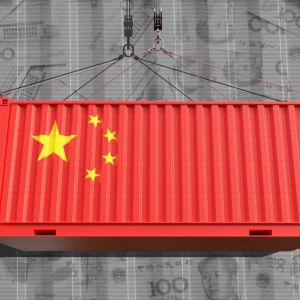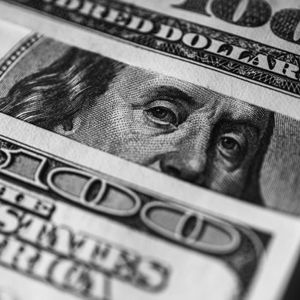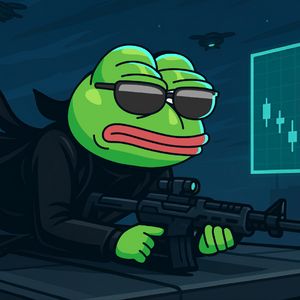China hits US, EU, Japan, Taiwan with new anti-dumping tariffs on plastics
3 min read
China hit back at four major economies—the United States, the European Union, Japan, and Taiwan—on Sunday by imposing steep anti-dumping tariffs on POM copolymers, a type of engineering plastic used in everything from electronics and auto parts to medical equipment. This update came directly from China’s Ministry of Commerce, which concluded a year-long investigation that started May 2024, following fresh US tariffs on Chinese electric vehicles, chips, and more. According to Reuters, this new round of trade penalties will charge importers from the US up to 74.9%, the highest among the four affected regions. The European Union will face a 34.5% tariff, while Japan will be hit with 35.5%, except for Asahi Kasei Corp, which got a slightly better deal at 24.5%. Taiwanese firms will see 32.6% tariffs, with Formosa Plastics getting 4% and Polyplastics Taiwan receiving 3.8%. This decision followed a temporary penalty in January, when China’s ministry said there was enough proof to suggest dumping was hurting domestic markets and began collecting deposits from importers. Trump’s tariff truce with China fails to ease burden Despite President Trump negotiating a 90-day truce to reduce some tariffs between Washington and Beijing, American importers aren’t seeing relief. The cumulative weight of past tariffs remains. Josh Teitelbaum, senior counsel at Akin, explained the reality: “While companies are relieved to see a temporary pause from the incredibly high tariffs on goods from China, retailers are still facing very high tariffs that will have an impact on prices and supply.” Teitelbaum pointed out that footwear is getting wrecked. A children’s or women’s leather sneaker now carries a 40% tax, combining the WTO’s most favored nation rate of 10%, 25% from Section 301 rules, and an added 30% from fentanyl and reciprocal-related tariffs. It doesn’t stop there. Tariffs stacked across categories like clothing are draining the entire supply chain. Cotton sweaters from China now attract 46.5%, women’s bathing suits are tagged with 54.9%, and baby dresses come in at 41.5%. These numbers aren’t projections—they’re being paid now. Retailers brace for higher prices as stacking continues This tariff layering is choking US retailers. Dan Anthony, president of Trade Partnership Worldwide, said on Saturday that basic items like kids’ backpacks—which mostly come from China—are seeing combined tariffs “over 70%.” Anthony explained that this includes the 17.6% standard tariff, Section 301’s 25%, and the new 20% fentanyl-related charge plus a 10% reciprocal tariff. Even companies the size of Walmart are exposed. John David Rainey, the company’s CFO, said on CNBC that shoppers should expect price bumps across toys, food, and electronics. “We’re trying to navigate this the best that we can,” Rainey said. “But this is a little bit unprecedented in terms of the speed and magnitude in which the price increases are coming.” Walmart’s own shipment records support the warning. Data from Panjiva tracking January 2025 to May 12 shows that 34.1% of the company’s imports originated from China , followed by India at 26.3% and Hong Kong at 10.6%. With a third of their supply pipeline tied to Chinese exports, Walmart and others like them are directly impacted by the Chinese response to US tariffs. Cryptopolitan Academy: Tired of market swings? Learn how DeFi can help you build steady passive income. Register Now

Source: Cryptopolitan



